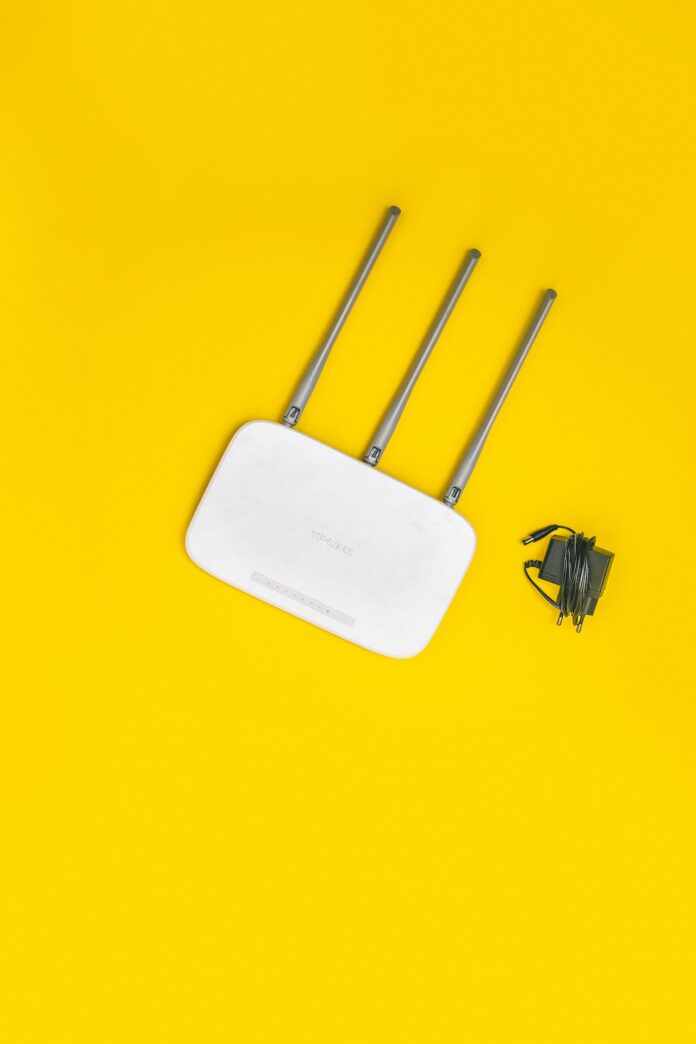A dependable and fast internet connection is more crucial than ever in today’s digital world. Slow WiFi connections can be unpleasant with so many gadgets and activities now reliant on an internet connection, affecting your productivity, enjoyment, and overall online experience. WiFi speeds affect how rapidly you can receive and upload data, critical for video streaming, gaming, conferencing, and working from home. Buffering, lagging, lost calls, and poor performance can result from slow speeds. Higher WiFi connections imply a more stable and dependable online experience, with less waiting and more productivity. This blog will serve as a guide to boosting WiFi speed so that you can benefit from it.
Measuring Your WiFi’s Speed
Understanding your current WiFi speeds is critical before attempting to increase them. This might help you assess if your connection has problems and how much improvement you can expect. These are some essential procedures for testing WiFi speeds:
How to Do a WiFi Speed Test
Several websites and applications, such as Ookla, Speedtest.net, and Fast.com, provide WiFi speed tests. To conduct a test, click the “Go” or “Start” button on one of these websites. The test will take a few seconds, giving you your download and upload speeds.
What Do Your Findings Imply
Your download speed is the rate at which data is downloaded from the internet to your device, whereas your upload speed is the rate at which data is transmitted from your device to the internet. In general, quicker speeds are preferable, but your unique requirements determine the best pace. For example, if you mostly use the internet for surfing and email you would not require a connection as fast as someone who frequently streams films.
Solutions To Increasing WiFi Speed
After measuring your WiFi speeds, compare them to those provided by your internet service provider (ISP) to determine if you’re getting the speeds you’re paying for. If your speeds are much slower than you’re paying for, you should troubleshoot your connection or contact your ISP for help. A high-speed sfp28 cable is a good option for replacing your old WiFi cable since the bandwidth is also greater. If your WiFi connection is sluggish, you can attempt the following ways to improve your connection:
Reposition Your Router
The location of your router might have an impact on its signal strength. Place it in a central area away from obstacles and equipment that can interfere with the transmission.
Update Your Equipment
Older routers and devices cannot support existing WiFi standards, resulting in slower speeds. Upgrade to newer equipment that supports the most current WiFi standards.
Employ a WiFi Extension
A WiFi extender can improve your signal and expand the range of your WiFi network, which is especially useful in bigger households.
You Should Update Your Firmware
Router firmware upgrades can increase performance while also addressing security concerns. Check for and install updates regularly.
Alter Your WiFi Channel
Too many networks on the same channel might cause interference and impede your speeds. To boost your speeds, try switching to a less busy channel.
Prioritize Bandwidth
Some routers let you prioritize bandwidth for specific devices or activities like gaming or video streaming, and this can assist in guaranteeing that these activities receive the bandwidth they require.
Tips For Advanced WiFi Speed Optimization Techniques
There are several different ways for expert users to try to increase WiFi speeds:
- Activate Quality of Service (QoS) & Switch To DNS
QoS enables you to prioritize specific forms of network traffic, such as video or audio, for a better user experience. Moving to a faster DNS server can enhance the speed at which your devices can visit websites.
- Disable Legacy Data Rates
Older devices can use slower data rates, which might cause your entire network to slow down. Disabling these rates has the potential to increase overall performance.
- Change The Power Settings on Your Router
Some routers allow you to change the power settings to prevent interference and boost signal quality.
Conclusion
In conclusion, increasing your WiFi speed can improve your online experience and allow you to do more in less time. You can improve your WiFi connections and enjoy a quicker and more dependable connection by attempting some of the methods described in this post. Remember to check for updates and test your speeds frequently to guarantee you’re receiving the greatest performance possible.
















